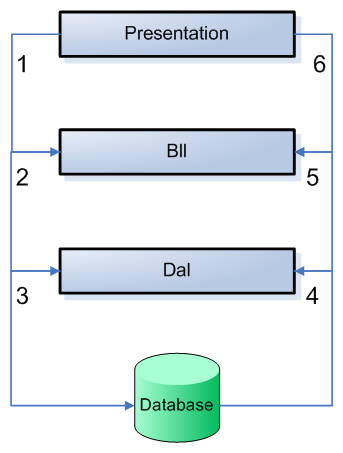
Top Ranking Colleges in India, Alphabets Wallpapers collections,english letters wallpaper,corruption perception index 2015,boy and girl love conversation
A Website For Complete Linux OS,Step by Step linux Installtion, Linux Tips and Tricks and Linux Stuff and so on... Connect and sharing here....
This below survey was taken many form many colleges in India. These Top 50 Engineering Colleges in India have Good Infrastructure, Good Environment, Educations , Staff, Placement , Research Activities and other Facilities are good.
These Government Engineering Colleges in India are really good for all kind of stuff like Education , research , Placement and New Innovation Ideas etc... But Getting seat in these colleges are heavy competition in students .....
Indian Institute Of Technology Delhi,Indian Institute Of Technology Bombay,Indian Institute Of Technology Kanpur,Indian Institute Of Technology Madras,Indian Institute Of Technology Kharagpur,Indian Institute Of Technology Roorkee,University Of Delhi,Indian Institute Of Technology Guwahati,University Of Calcutta,University Of Mumbai, National Institute Of Technology,Trichy.
This below survey was taken many form many colleges in India. These Top 100 Engineering Colleges in India have Good Infrastructure, Good Environment, Educations , Staff, Placement , Research Activities and other Facilities are good. If you want to do Engineering as your dream and try out these colleges
